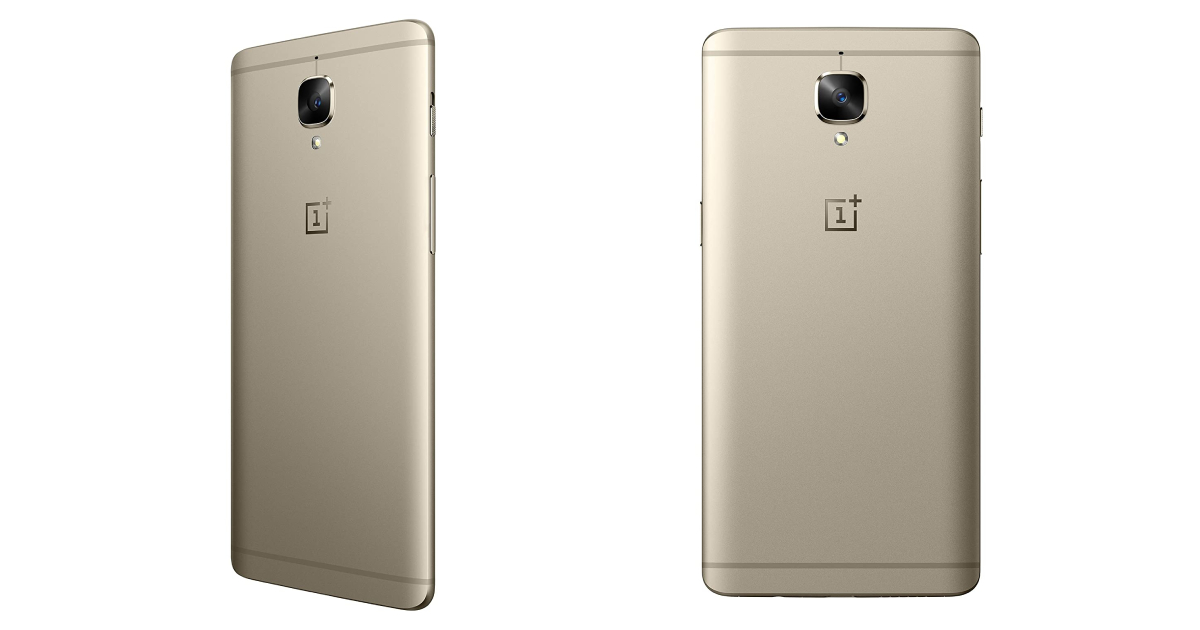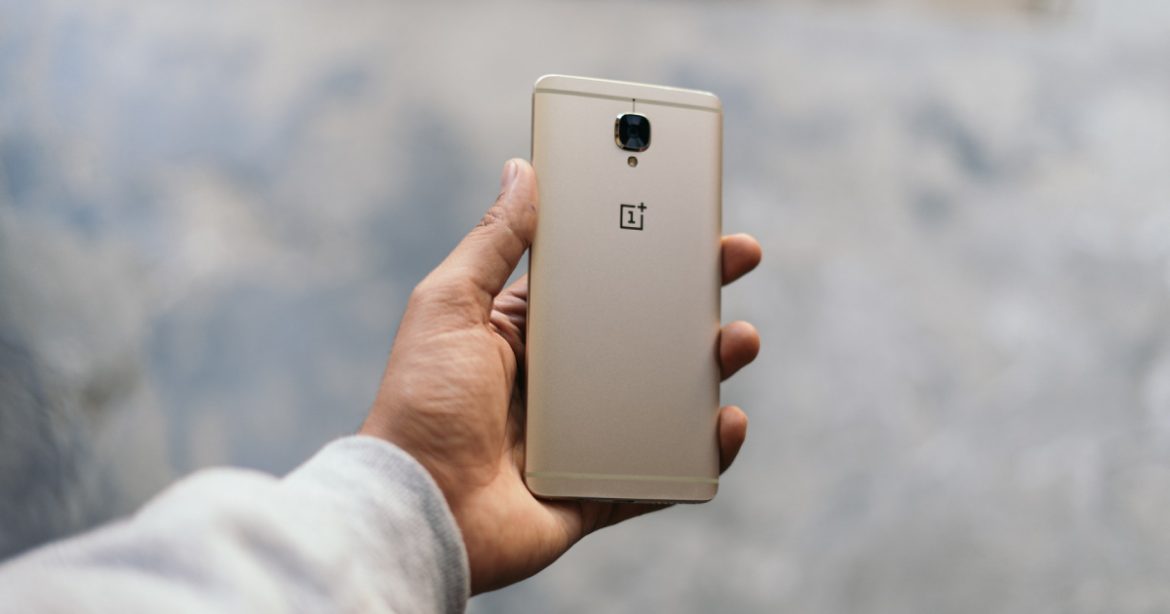The Chinese smartphone maker, OnePlus, has undoubtedly become a brand to reckon with since the launch of its first-ever flagship killer, the OnePlus One.
It went on to create history when it scheduled the launch of the OnePlus 2 over a VR event, which was the world’s first of its kind.
As one of the most anticipated flagship killers, there was no end to the speculations regarding OnePlus 3 on the Internet. While some of them appear to be believable, others were outright ridiculous.
So let’s see what made OnePlus 3 such a big deal!
Design
Before any significant flagship device is launched, the most common speculation to the surface is that of its looks, design, and aesthetics. OnePlus 3 was no exception.
However, tons of leaks of renders appeared to be believable and were expected to be the smartphone’s final design. These images showed that the Chinese brand has finally ditched its signature sandstone panel on the back and has opted for an all-metal unibody design.
OnePlus 3 looked more like the OnePlus X than any of its flagship predecessors, which was a good thing. The rear panel and the device’s design seem to have been inspired by HTC and Apple smartphones.
Display

OnePlus opted for a 5.5-inches display of both its earlier flagship killers. OnePlus 3 comes with a 5.5-inch AMOLED display panel, which at that time was new.
However, the underlying question that bugged many customers was whether the device would sport a full HD resolution like its predecessor or will it be the first in the OnePlus lineup to come with Quad HD resolution.
All the speculations pointed to the full HD resolution, which was true. OnePlus 3 featured 1080p Full HD (1920 x 1080 pixels).
Snapdragon 820
The smartphone’s processor is where the rumors on the Internet went bonkers, with some claiming it to come with the next generation Snapdragon 830 processor.
However, since the device maker had set the launch date of the OnePlus 3 on June 14, 2016, the Snapdragon 830 was nowhere near sight.
The processor was Snapdragon 820, which sported Quad-Core, 2x 2.2 GHz, 2x 1.6 GHz. Moreover, with 6GB of RAM, we can safely assume it was one of the most powerful devices launched that year.
Camera Setup

Owing to the custom operating system that OnePlus mobiles have been shipping with, first Cyanogen OS and then Oxygen OS, these smartphones have never been able to boast good camera quality.
However, the devices never lacked a good camera setup; that much we have got to hand to OnePlus.
The OnePlus 3 comes with a front camera of 16-megapixels (16MP) and a rear camera boosting 8-megapixels (8MP). That was a standard camera setup for almost all high-end smartphones in that year.
This combination would make the OnePlus 3 one of the best imaging devices apart from being one of the fastest.
It was a quality assurance for taking better photos.
Fingerprint Scanner
OnePlus launched its last generation flagship killer with a fingerprint scanner on the front panel, an excellent addition to an already powerful device.
However, according to reports, the scanner on OnePlus 2 was buggy and needed some serious overhaul. Hence, the OnePlus 3 featured the same physical home button/fingerprint scanner on the front but improved functionality.
Conclusion
OnePlus 3 was one of the most anticipated flagship devices in 2016, and rightfully so.
Boosting Snapdragon 820 and 6GB RAM, alongside other excellent features, it is safe to say that the OnePlus 3 was an elegant addition to the market.
